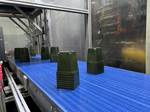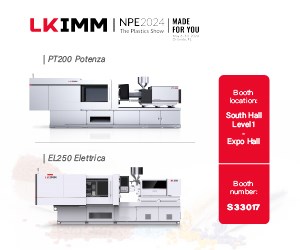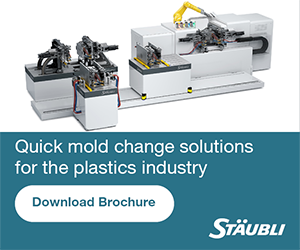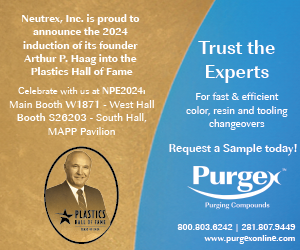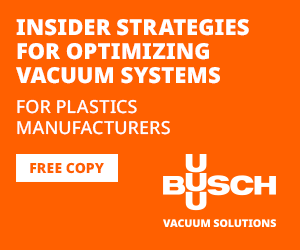Coinjected Plastic Can Passes Key Food-Safety Tests
Double-seamed metal lid passes standard leakage tests at up to 121 C.
Milacron Holdings Corp., Cincinnati, reported recently that its Klear Can technology has passed an important food-safety test and is undergoing additional testing with a number of potential users. Klear Can is a three-layer coinjected food container of PP/EVOH/PP with a conventional double-seamed metal lid, suitable for retorting at up to 130 C (266 F). It was developed originally by Kortec, which was acquired by Milacron last year. The former Kortec business is now called Milacron Co-Injection Systems.
A key milestone in its progress toward commercialization is the so-called Biotest for examining leakage rates of the double seam and the container structure at temperatures up to 121 C (250 F). Milacron reports that the cans passed testing by an independent third-party firm in the U.K. and that testing continues in Belgium, where Klear Cans filled with fruit are ready for market trials. Consumer sampling tests and focus groups have also been successful, according to Milacron. “It’s going really well,” said CEO Tom Goeke. “We’re sitting on the doorstep of a couple of commercial applications.” Although he could not predict when these projects might reach fruition, he noted that eight to 12 Klear Can applications are currently in development.
Related Content
-
Foam-Core Multilayer Blow Molding: How It’s Done
Learn here how to take advantage of new lightweighting and recycle utilization opportunities in consumer packaging, thanks to a collaboration of leaders in microcellular foaming and multilayer head design.
-
ABC Technologies to Acquire Windsor Mold Group Technologies
The Tier One automotive supplier with compounding and blowmolding machine capabilities adds the 50-yr-old molder and moldmaker.
-
How to Extrusion Blow Mold PHA/PLA Blends
You need to pay attention to the inherent characteristics of biopolymers PHA/PLA materials when setting process parameters to realize better and more consistent outcomes.

